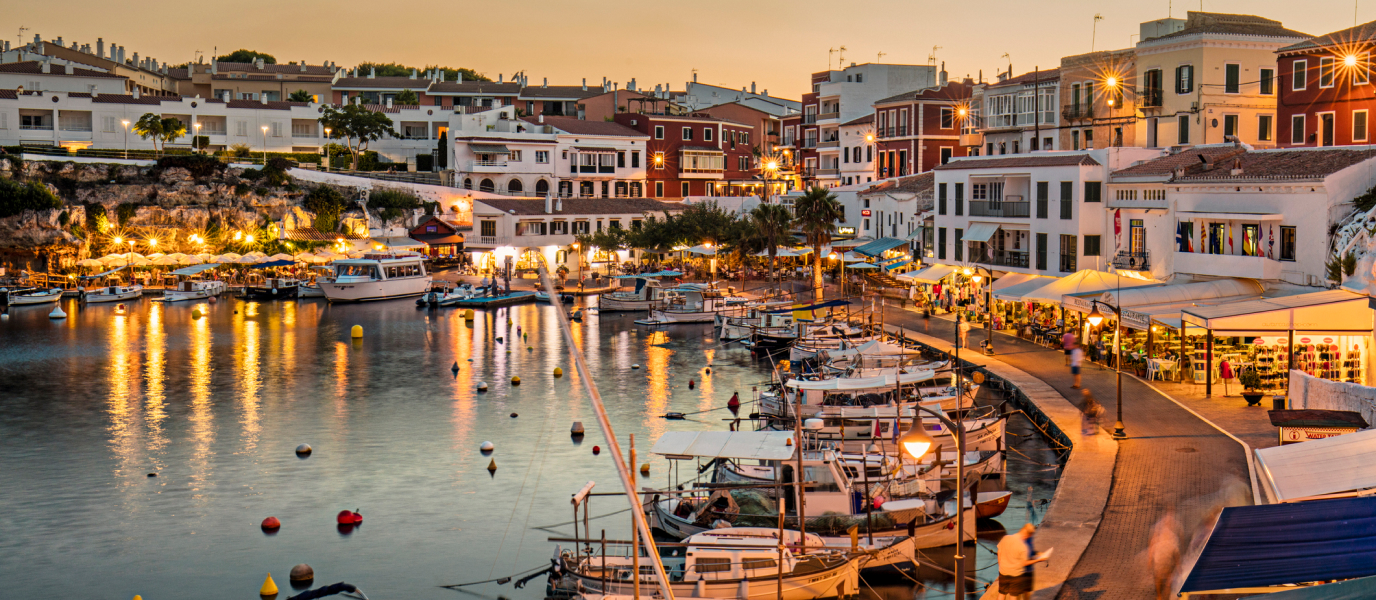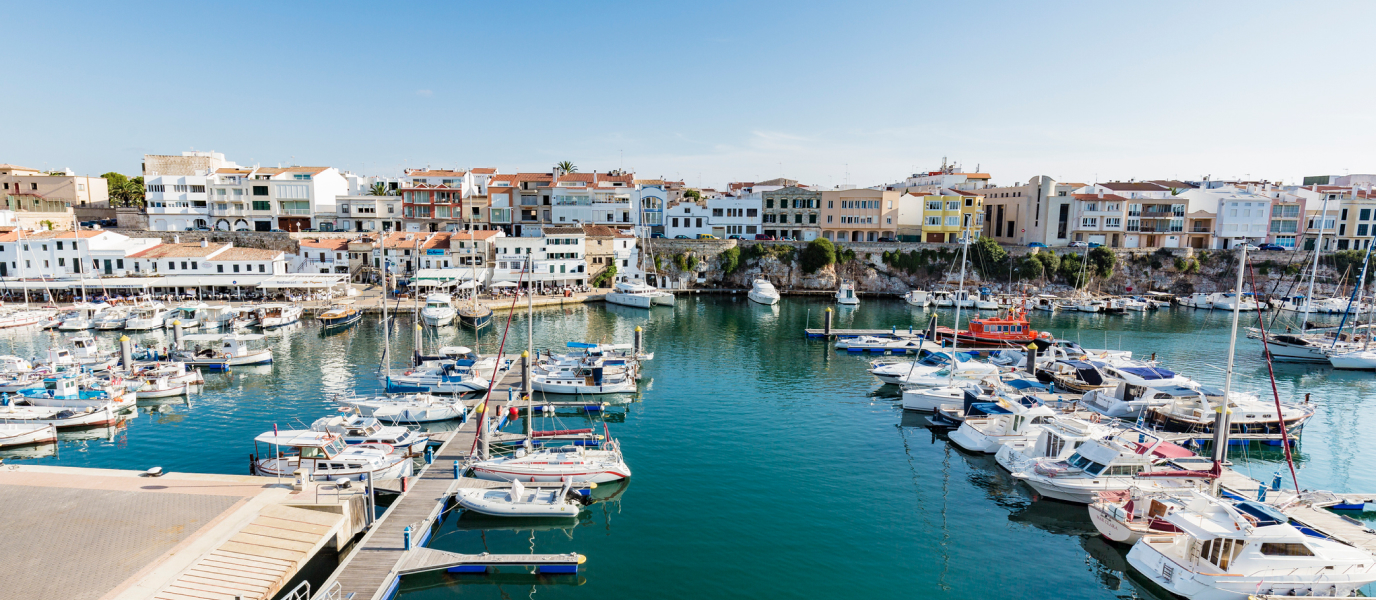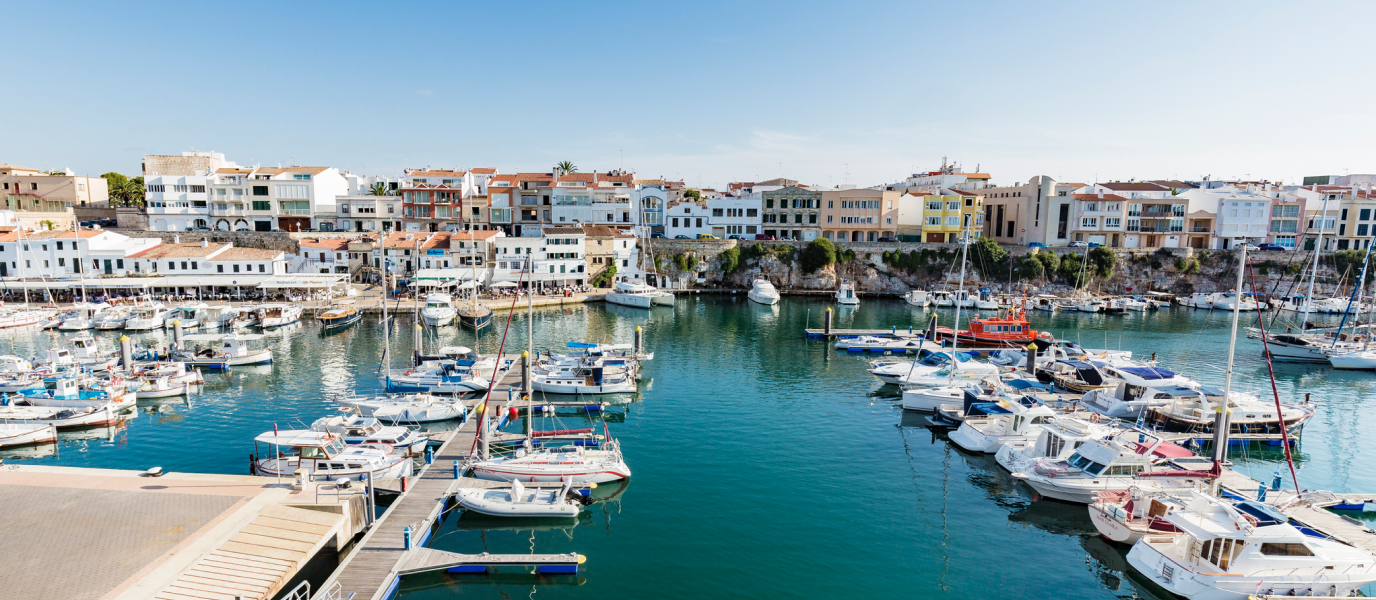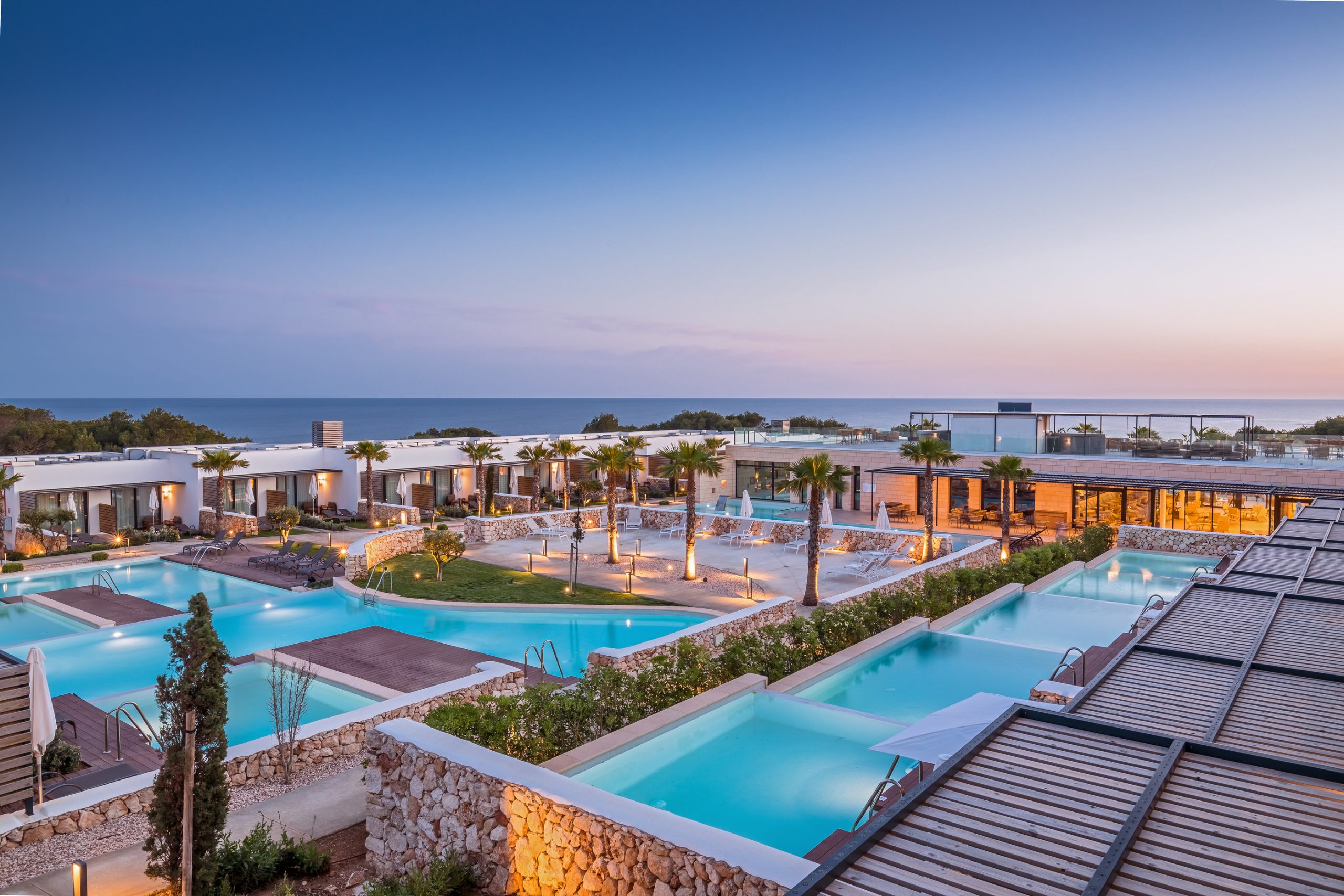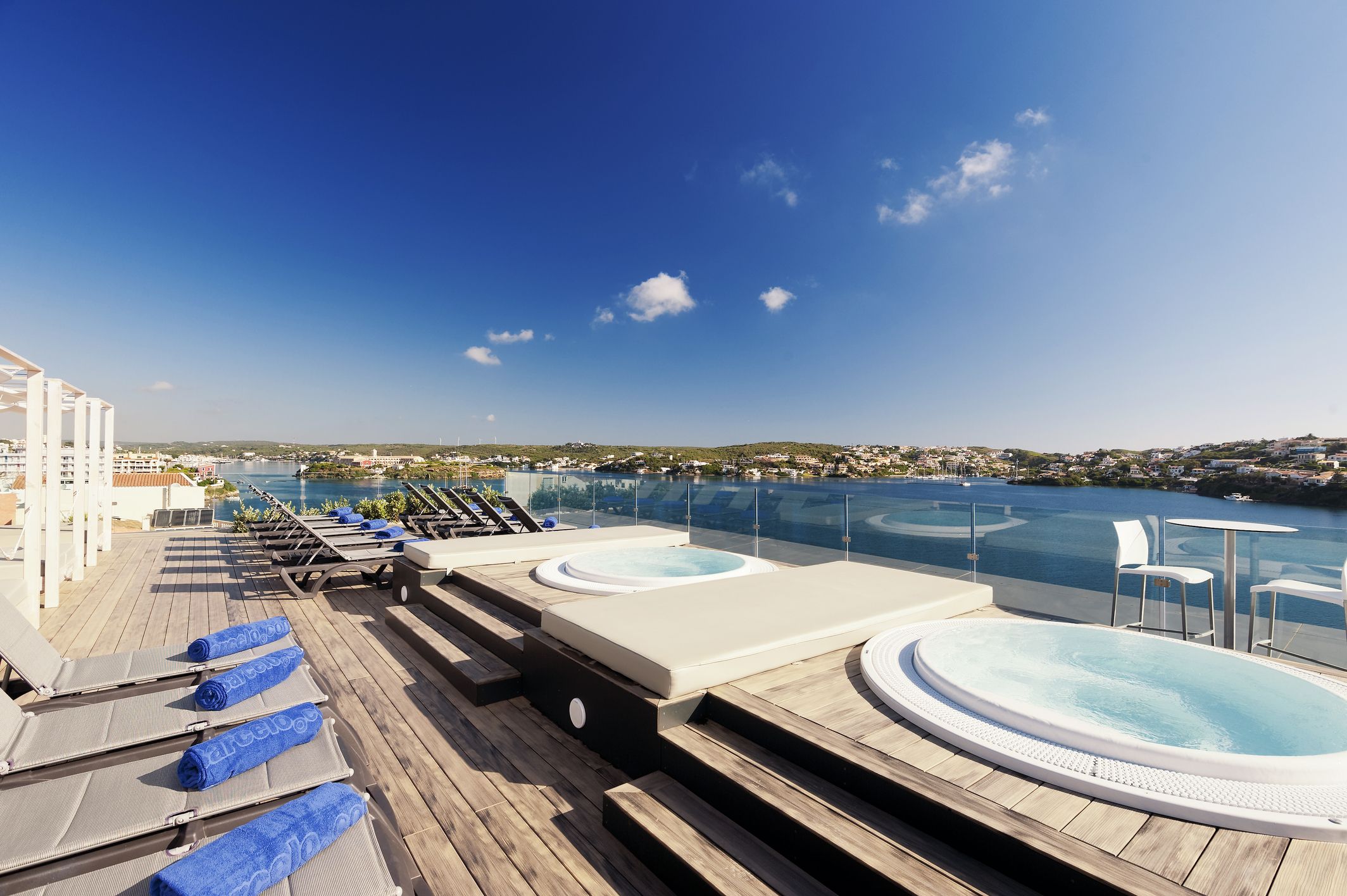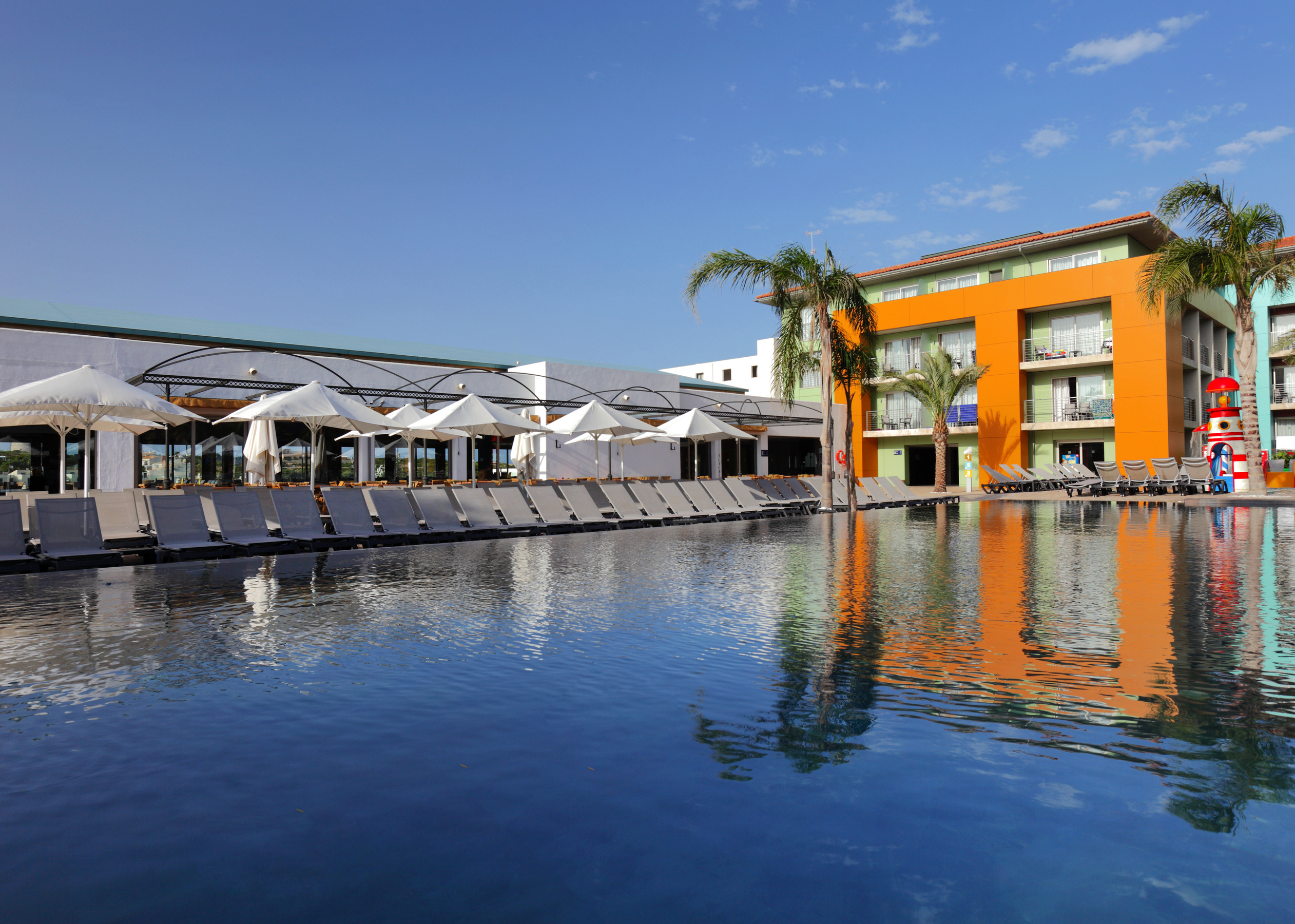The Cathedral of Santa María de Ciutadella (or Ciudadela), declared an Asset of Cultural Interest, is one of the architectural highlights of the Balearic Islands. It was constructed in 1287 on the orders of King Alfonso III after the island was retaken from the Muslims. For this reason, the first church to be constructed was erected on the site where the Grand Mosque of Medina Menurka had once stood. Later, in 1301, James II decided to demolish the ancient mosque (apart from the minaret which survives to the present day) and ordered a new cathedral, with a new floor, to be built. The edifice was constructed in accordance with the Mediterranean Gothic tradition, and was completed in 1362, becoming a flagship building of the Catalan Gothic movement.
The plundering of the Cathedral of Santa María de Ciutadella
To truly understand the present appearance of Minorca’s cathedral, it is necessary to look back into the past, as nothing would be as it is had the cathedral not been looted several times during its history. It was first plundered during the attack by the Turks in 1550, which caused a huge fire inside the building, damaging its structure and destroying all the liturgical furnishings. Later, in 1626 and as a consequence of this assault, part of the building collapsed and was later remodelled to rebalance and strengthen the weakened structure.
The following centuries saw various works and extensions within the building. So, towards the end of the seventeenth-century, the Renaissance-style Las Almas chapel was built, while the end of the nineteenth century saw the construction of the La Purísima chapel and its main entrance.
During the Spanish Civil War, Minorca’s cathedral was subject to attacks and pillaging of its cultural heritage, resulting in damage to its architecture as well as the loss of many of its works of art.
This series of historical vicissitudes means that the present-day Ciutadella cathedral is a conglomeration of all the architectural styles seen in Minorca since the thirteenth century. If you want to learn about the island’s history, it is worth finding out about the various stages of the life of the cathedral, and also making a visit to the town of Ciutadella itself. The cathedral is one of the Balearic Islands’ most beautiful and majestic monuments.
Minorca Cathedral. From Moorish times to the present
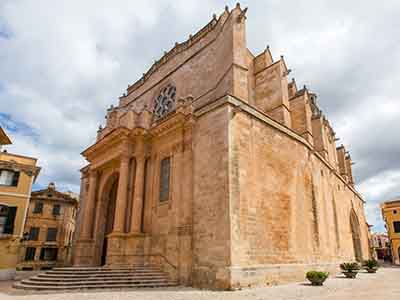
The Moors called Minorca ‘Menurka’, and the town of Ciutadella ‘Jammona’. During that period of history, Ciutadella became the island’s capital, the ‘Medina Menurka’. This was where the king’s tax-collector, or governor, lived, so it was an extremely important place. A degree of the town’s status in the Muslim kingdom was reflected in its mosque, which served as the basis for the present cathedral. The ancient minaret has survived as the lower section of the bell tower, and inside, unusually, it has a ramp instead of a staircase.
When Alfonso III conquered the island permanently, this church entered, as we have already noted, a long series of building works and restorations arising out of various historical events. First, it was James II who ordered the construction of a new floor which was designed in accordance with the contemporary Gothic movement. Then it became necessary to undertake various restoration works following the fires caused during looting raids by the Turks. Subsequently, new chapels were built inside the cathedral during different periods and their contemporary architectural styles, such as the neo-Classical and the Renaissance.
The end result was the splendid Gothic-style structure we see today, measuring 45 metres in length and 22 metres in height. This lends it a somewhat slender appearance, not only inside, but also when viewed from the outside. It has a single, spacious nave set off with ribbed vaulting, and side chapels lie between the buttresses. Among the chapels, the most striking is the eighteenth-century Baroque Capilla de las Almas and the Capilla del Santísimo, a nineteenth-century neo-Classical work. Also well worth a mention are the stunning stained-glass windows on the High Altar, which lend it a magical aura, and the eighteenth-century outer body, with its impressive clock.
During the summer, Ciutadella cathedral hosts wonderful organ recitals. These present a unique opportunity to step back in time within this unique place of worship that has witnessed so much history. The cathedral also houses a museum which can be visited throughout the year, and which displays an interesting collection of gold work, paintings and liturgical vestments.
What to see in Ciutadella
Ciutadella has as exciting a history as any town in Minorca, and is well worth an in-depth visit. Proof of this is its cathedral, but there are plenty of other magical corners with fascinating legends. It is a veritable delight to stroll through the town’s historic quarter. Its narrow, cobbled streets dating from medieval times, its tiny whitewashed houses, its stately mansions with their coats of arms, the harbour and the town walls all transport visitors back to the past. Ciutadella has witnessed the passage of the Phoenicians, the Romans and the Moors, and all of these have played their part in making this town one of the most beautiful in Minorca and in the Balearic Islands.
Apart from Ciutadella cathedral, you should not miss the eighteenth-century Sant Nicolau Castle, the square Plaça des Born with its obelisk commemorating the heroic defence of the town against an attack by the Turks in 1558, the Plaça de s’Esplanada, and the Municipal Museum, which dates from the seventeenth century and houses an impressive collection of prehistoric artefacts. And if you fancy a treat, nothing could be better than making your way to the charming, picturesque harbour in order to enjoy the island’s cuisine in one of its many restaurants.





































































